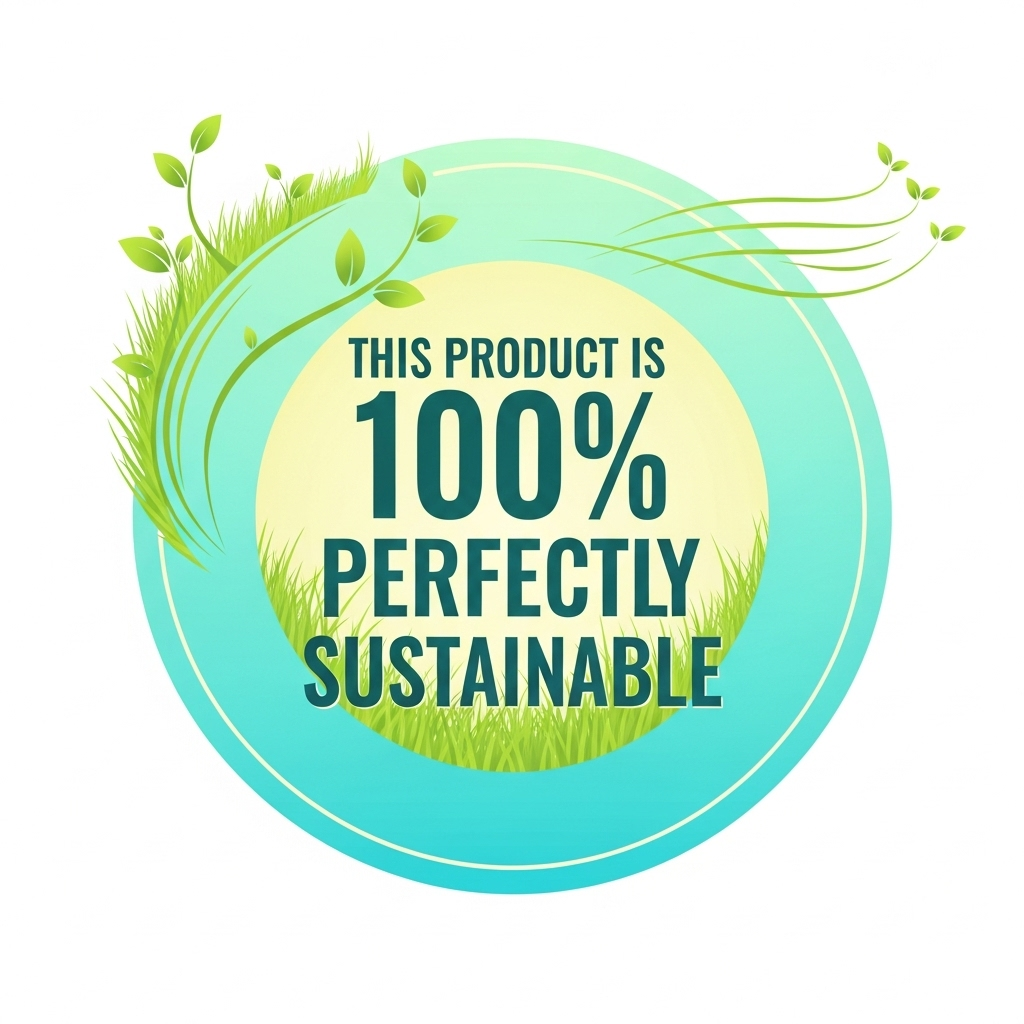Environment
From risk to opportunity: addressing environmental issues strategically
Environment is no longer at the margins of business operations. Pollution, water scarcity and biodiversity loss strike at the heart of organizations: operational continuity, financial risks and stakeholder trust. But where others see problems, opportunities also arise for smarter processes, cost savings and competitive advantage.
Why environment is strategically important now
The days of environment as an afterthought are over. Organizations that approach environmental issues strategically are ahead of legislation, reducing risks and creating new market opportunities.
It’s about a fundamental shift: from cost to value creation. From problem to solution.
Legislation and compliance are becoming more complex
From environmental permits to environmental reporting, environmental regulations are becoming stricter and more extensive. The REACH regulation sets requirements for chemical substances in products. The Living Environment Activities Decree (BAL) regulates environmentally harmful activities. Starting early prevents stress later.
Stakeholders demand transparency
Customers, employees and investors expect concrete environmental action. Financiers are integrating ESG criteria into their decisions. Looking away is no longer an option.
Operational risks increase
Environmental pollution leads to fines, higher insurance premiums and reputational damage. Since 2012, particulate emissions from industry have increased again: from 3.43 million pounds to 3.67 million pounds. Prevention is much cheaper than repair.
Opportunities for forerunners
Organizations that proactively address environmental issues create competitive advantages. More efficient resource use, access to green financing and strong stakeholder relationships strengthen market position.
Pollution: tangible impact, concrete solutions
Pollution is the most visible environmental issue. 99% of the world’s population breathes polluted air. Air pollution from particulates and nitrogen oxides, water pollution from chemicals, soil pollution from PFAS and other pollution such as noise and light. All with direct effects on business operations and the environment.
The approach? Start systematically according to standards such as the CSRD or VSME. Inventory pollution sources, set concrete goals and choose appropriate measures. From air purifiers to PFAS-free alternatives. The result: lower costs, avoided fines, more efficient use of resources.
Water: from scarcity to stewardship
Water is becoming scarce. Four billion people experience water scarcity, by 2025 it will be half the world’s population. The Netherlands has the worst water quality of any EU member state. This makes water management a strategic priority.
For organizations, this means opportunities in water management. From closed cooling systems to rainwater harvesting. From more efficient processes to collaboration in the blue economy.
Biodiversity: from loss to recovery
Biodiversity sounds abstract, but it is very concrete. Think of pollinators for food production, natural raw materials for pharmaceuticals, ecosystems for climate adaptation. Organizations are more dependent on nature than they realize.
The good news: biodiversity loss is reversible. The LEAP method helps map interactions with nature. From avoidance and minimization to restoration and compensation.
Microplastics: a growing problem in the value chain
Microplastics are everywhere and are created by wear and tear from car tires, synthetic clothing and waste plastic. TNO calculated that a 70% reduction is possible through chain cooperation. Organizations should examine their value chain for microplastic sources and develop alternatives.
Practical tools for environmental management
ISO 14001: systematic environmental management
ISO 14001 specifies the requirements of an environmental management system that organizations can use to improve their environmental performance. This international standard offers a systematic approach using the Plan-Do-Check-Act cycle. For organizations that want to structurally secure environmental policies.
REACH compliance: chemicals under control
REACH applies to all companies that manufacture, use or trade chemical substances. Companies must register substances and cooperate with other companies that register the same substance. Products containing chemicals are also covered by REACH. Important for many more companies than thought.
Environmental monitoring and audits
Regular monitoring helps identify pollution sources and measure progress. The Environmental Pricing Handbook (2023) shows the social cost of environmental pollution in euros per kilogram of pollutant. This helps in making investment decisions.

Customer story Ducky Dons: “A practical journey that has taken us forward”
As a sustainable pioneer, how do you professionalize your ESG approach even further? Ducky Dons had been a forerunner in the field of circularity and sustainability for years,

Ecolabel? Don’t think so … or do you?
456. That’s the number of ecolabels worldwide, according to ecolabelindex.com. And more are added every year. As far as I am concerned, that says three things. First: sustainability

Getting started with the EU Taxonomy: From complex legislation to concrete impact.
The EU Taxonomy is often seen as a complex obligation. But what if you can turn it into an opportunity for real impact?
In our new article
Step by step to better environmental management
Step 1: Inventory and analyze
Where does your organization cause environmental impact? In its own processes and the value chain? Check the Environment Desk for legal obligations. Identify biggest pollution sources and biggest opportunities.
Step 2: Set concrete goals
Focus on the biggest impacts and clearest opportunities. Formulate SMART goals: 50% reduction in particulate matter emissions within 5 years or phasing out PFAS-containing products by 2030.
Step 3: Choose appropriate measures
For air pollution: air purifiers, electric vehicle fleet, more energy-efficient equipment. For water pollution: wastewater treatment, less harmful chemicals. For microplastics: alternative materials, chain cooperation.
Step 4: Implement and monitor
Environmental management is a continuous process. Regular monitoring, emission records and KPI follow-up are essential. Adjust measures as needed and keep improving.
Step 5: Report and communicate
Share successes with stakeholders. Transparency builds trust and opens new opportunities. Use results for external reporting and communication.
From problem to solution
The beauty of environmental issues: they force innovation. Organizations that approach pollution, water scarcity and biodiversity loss strategically discover new opportunities. More efficient processes, lower costs, better relationships with stakeholders.
Environment is no longer a cost, but an investment in the future. A way to be ahead rather than behind the times. A chance to show what your organization is really capable of.
Ready to turn environmental issues into strategic opportunities? Empact helps organizations develop practical and effective environmental policies. From initial exploration to full implementation.
